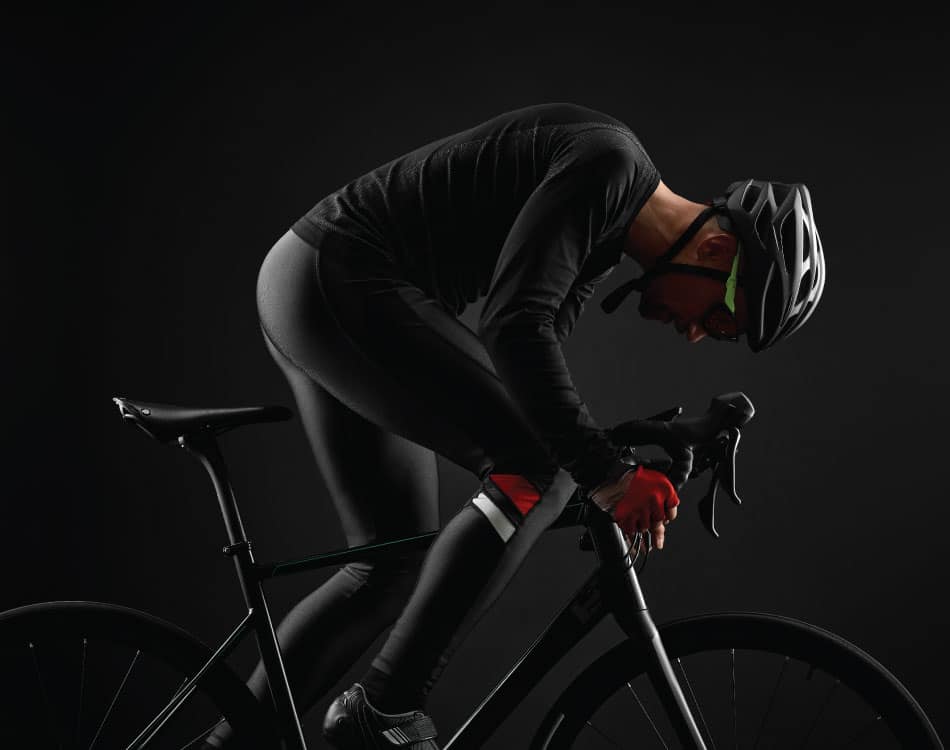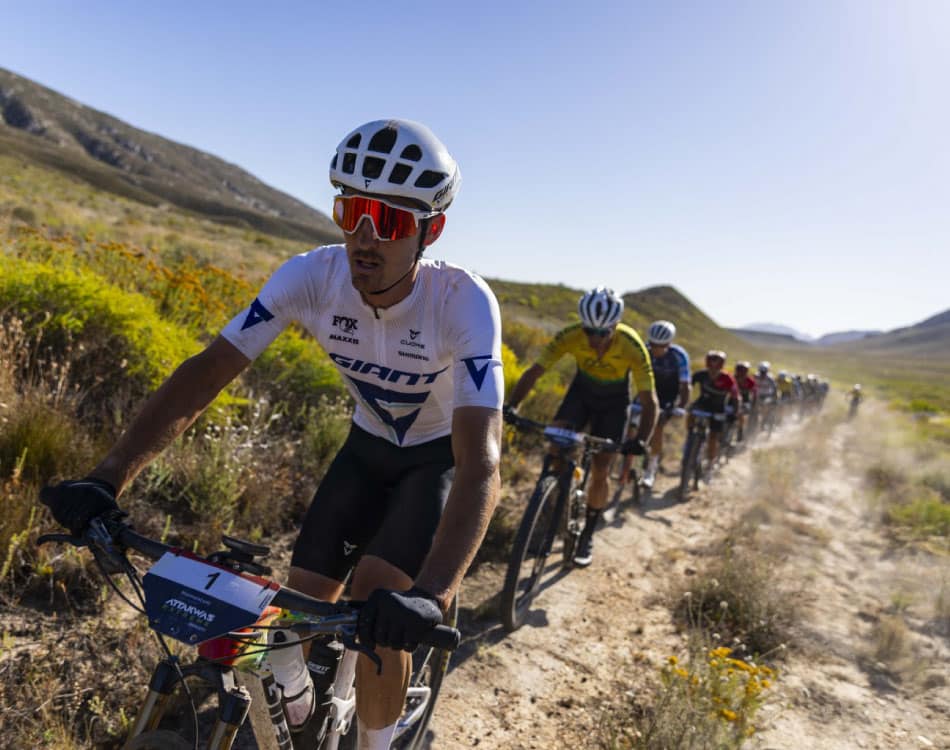Runners need to carefully consider the correct running shoe for their body and biomechanics because running is a high-impact activity, which means it is synonymous with injuries.
Many running injuries are caused by the impact and loading experienced during high-volume and intense training, with the most prevalent injuries affecting the lower leg1, including the knees, ankles and feet.
According to research2, the incidence of running‐related injuries (RRIs) ranges from 20-70% or from 2.5 to 59 injuries per 1000 hours of running.
As such, features like cushioning, rebound, support, motion control and stability characterise running shoe development. In more recent years, research and development into performance gains has shifted the focus to energy return, weight and the use of carbon plates.
With so many different needs and requirements, runners have a wealth of options available from a multitude of brands that cater to differing body weights, biomechanics and the surface on which you plan to run, be it road, trail or track.
Running shoe buyer’s guidelines
Choosing the best pair can seem daunting given the variety of options but considering these factors can help you find the best running shoes for your body and goals.
Buying expensive running shoes from a well-known brand won’t deliver the benefit if it doesn’t fit you properly or fail to meet a functional requirement. If you want to realise the full value of your investment, choose a pair that suits your specific needs by following this checklist:
1. Choose the right shoe
Shoes have different cushioning systems for use on the road or on trails. A treadmill, road, or mountain trail requires different features in terms of grip, support, durability and cushioning.
As such, it is vital to buy shoes that are fit for purpose. You can pick up injuries if using it for the wrong purpose.
2. Understand your biomechanics
Runners generally fall into one of three broad categories:
- Over-pronators
- Neutral runners
- Supinators
Get an expert gait analysis at a specialist running store or at a biokineticist or podiatrist to determine your specific biomechanics and foot strike pattern. These insights will inform the right type of shoe for your running style and biomechanics. These factors determine how much support or motion control you need and where it’s located on the shoe.
3. Get the right size
Consider both length and width. Sizing can also vary between brands, so don’t assume your standard shoe size applies to all options.
A good rule of thumb in terms of length is to have a little extra room in your shoe near the toe area. This will provide space for the natural forward movement that occurs while running to reduce issues such as hammer toe.
A wide toe box is ideal to accommodate any foot swelling and gives your foot room to splay in the manner it was naturally designed to. Selecting the right size can also help prevent blisters.
4. Consider weight
Don’t forget to consider your weight and the weight of the shoes. Lighter shoes are generally best for running efficiency and economy, which is ideal for racing.
More cushioned shoes are typically heavier but offer benefits on long and easy runs to reduce impact forces.
5. Choose function over form
While looking good is an important element to consider, feeling good and functioning optimally is even more important. As such, don’t buy a shoe based solely on its appearance. Get the right tool for the job as shoes are designed for specific activities and offer varying degrees of support.
6. Invest in yourself (and your feet)
Don’t be deterred by price when buying running shoes. While you may pay more for quality and technology, the product will last you longer and will also improve performance and reduce your injury risk.
Replace worn-out shoes
Another major culprit in running injuries is direct trauma from running in worn-out shoes, especially on the road.
Following repetitive impact on the same spot, the cushioning in these areas will wear away and expose parts of the foot to more direct force during impact. This can cause stress fractures or biomechanical issues in the knee and hip due to compensation patterns developing.
References:
- Ferber R, Hreljac A, Kendall KD. Suspected mechanisms in the cause of overuse running injuries: a clinical review. Sports Health. 2009 May;1(3):242-6. doi: 10.1177/1941738109334272. PMID: 23015879; PMCID: PMC3445255
- Nielsen RO, Nohr EA, Rasmussen S, Sørensen H. Classifying running-related injuries based upon etiology, with emphasis on volume and pace. Int J Sports Phys Ther. 2013 Apr;8(2):172-9. PMID: 23593555; PMCID: PMC3625796.















